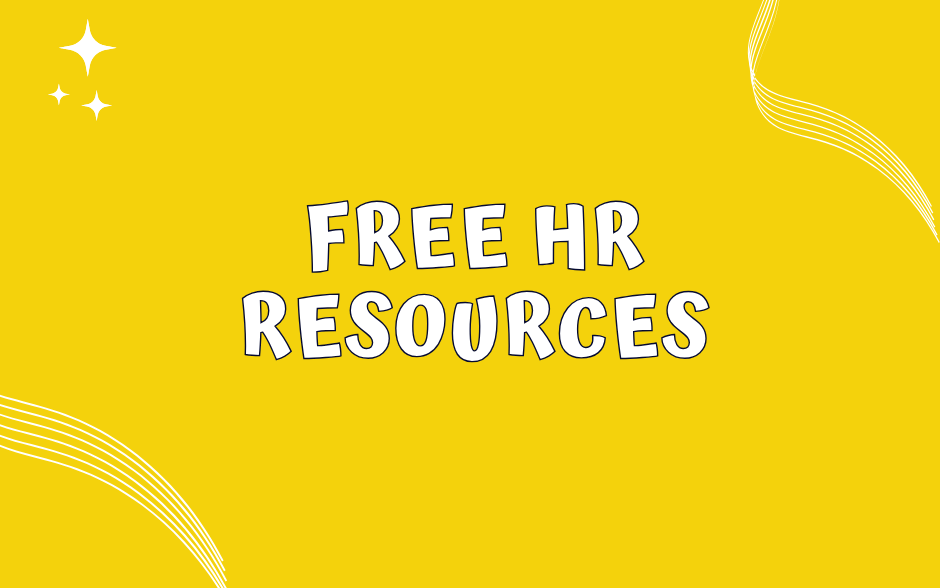The Science Behind Gallup's Clifton Strengths: Why It Works
Have you ever wondered why some people seem to excel effortlessly at certain tasks while others struggle? Or why teams that focus on individual strengths outperform those that dwell on fixing weaknesses?
The answer lies in how our brains are wired and the power of focusing on what we do best. Gallup's CliftonStrengths taps into this science, offering a proven approach to personal and team development that transforms how individuals and organisations achieve success.
In this blog, I’ll explore the science behind CliftonStrengths, why it works so effectively, and how you can leverage this tool to unlock potential and achieve extraordinary results.
The Foundation of CliftonStrengths
CliftonStrengths is rooted in positive psychology, a field of study that focuses on understanding and enhancing what makes life worth living. Developed by Dr. Donald O. Clifton, a psychologist often referred to as the "father of strengths-based psychology," the framework is built on the idea that individuals thrive when they focus on their natural talents rather than trying to fix their weaknesses.
Dr. Clifton’s groundbreaking research began in the mid-20th century when he asked a revolutionary question: *What would happen if we studied what is right with people instead of fixating on what is wrong?* This question led to decades of research into human behaviour, performance, and motivation, culminating in the creation of the CliftonStrengths assessment, which identifies an individual’s top strengths out of 34 distinct talent themes.
These themes are categorised into four domains:
1. Executing: People who excel at turning ideas into reality.
2. Influencing: Individuals who inspire and motivate others.
3. Relationship Building: Those who create strong connections and foster collaboration.
4. Strategic Thinking: Visionaries who excel at analysing information and planning for the future.
The Neuroscience Behind Strengths
To understand why CliftonStrengths works, we need to delve into the science of the brain. Our brains are composed of billions of neurons, and the connections between these neurons—called synapses—determine how we think, feel, and behave. When we repeatedly use certain skills or behaviours, the neural pathways associated with those actions become stronger, making them more automatic and effortless. This is known as neuroplasticity, the brain’s ability to rewire itself based on repeated experiences.
Here’s where CliftonStrengths comes in: the assessment identifies areas where you naturally excel—your innate talents. By focusing on developing these talents into strengths, you’re essentially reinforcing the neural pathways associated with them, making it easier and more enjoyable to perform at a high level.
Instead of trying to force yourself to improve in areas where you lack natural aptitude (which requires more effort and delivers diminishing returns), CliftonStrengths encourages you to invest in areas where you’re already wired for success. This approach not only boosts performance but also enhances engagement and satisfaction.
The Strengths-Based Approach vs. Traditional Development
Traditional development approaches often focus on addressing weaknesses, encouraging individuals to spend time improving areas where they struggle. While this may seem logical, it often leads to frustration and wasted effort, as people expend energy on tasks that feel unnatural or draining.
In contrast, CliftonStrengths embraces the strengths-based philosophy: that you’ll achieve more by amplifying what you’re already good at. Here’s why this works:
- Greater Energy and Motivation: Working in alignment with your strengths is energising and enjoyable, whereas focusing on weaknesses can feel exhausting and demoralising.
- Higher Efficiency: When you use your strengths, you’re naturally more productive because these tasks come more easily to you.
- Deeper Engagement: Gallup’s research shows that individuals who focus on their strengths are six times more likely to be engaged at work.
- Improved Confidence: Recognising and using your strengths builds self-assurance, empowering you to take on new challenges.
Evidence of Effectiveness: Gallup’s Research
Gallup’s data-driven approach is what sets CliftonStrengths apart. Over decades, Gallup has conducted extensive studies across industries and cultures to validate the effectiveness of strengths-based development. Here are some of the most compelling findings:
- Improved Team Performance: Teams that focus on strengths experience 12.5% greater productivity than those that don’t.
- Increased Employee Engagement: Employees who use their strengths daily are 8% more productive and 15% less likely to leave their job.
- Enhanced Business Outcomes: Organisations that implement strengths-based strategies see higher customer satisfaction, better employee retention, and increased profitability.
These results demonstrate that CliftonStrengths isn’t just a feel-good concept; it’s a proven methodology that delivers tangible benefits.
Why CliftonStrengths Works in Teams
While CliftonStrengths is often used for personal development, its impact is amplified when applied to teams. Here’s why:
1. Enhanced Collaboration:
When team members understand each other’s strengths, they can delegate tasks more effectively, ensuring everyone is working on what they do best.
2. Better Conflict Resolution:
Recognising strengths helps team members appreciate different perspectives, reducing misunderstandings and fostering mutual respect.
3. Increased Trust:
A strengths-based culture creates an environment where individuals feel valued for their unique contributions, building trust and cohesion.
4. Strategic Alignment:
Leaders can use strengths insights to align individual talents with organisational goals, ensuring that everyone is pulling in the same direction.
The Practical Application of CliftonStrengths
Understanding the science is only half the equation—success comes from putting it into practice. Here’s how you can apply CliftonStrengths in your life and organization:
1. Take the CliftonStrengths Assessment
Start by taking the CliftonStrengths assessment to identify your top five strengths (or dive deeper by exploring all 34). Encourage your team members to do the same.
2. Discuss and Share Strengths
Host a strengths-sharing session where team members can openly discuss their results. This fosters understanding and sets the stage for collaboration.
3. Align Roles with Strengths
Review your team’s strengths and evaluate whether their roles align with their natural talents. Make adjustments where possible to maximise performance and satisfaction.
4. Incorporate Strengths into Goals
Set individual and team goals that leverage strengths. For example, someone with strong strategic thinking might lead a planning session, while someone with strong relationship-building skills could manage client relationships.
5. Provide Strengths-Based Feedback
During performance reviews or one-on-ones, highlight how team members are using their strengths and encourage them to continue developing these areas.
6. Revisit and Refine
Strengths evolve over time. Periodically revisit your team’s strengths and assess how they’re being applied. Adjust as needed to ensure continued growth and alignment.
Common Misconceptions
Some people may assume that focusing on strengths means ignoring weaknesses. This isn’t the case. CliftonStrengths doesn’t advocate neglecting areas of improvement; rather, it suggests managing weaknesses strategically while investing heavily in strengths. For instance, you can partner with someone whose strengths complement your weaker areas or develop strategies to mitigate the impact of weaknesses.
The Transformational Power of CliftonStrengths
The beauty of CliftonStrengths lies in its ability to unlock potential—not by changing who you are, but by helping you fully embrace and leverage your authentic self. It empowers individuals to thrive, teams to excel, and organisations to achieve extraordinary results.
If you’re ready to tap into this power, start with yourself. Take the CliftonStrengths assessment, explore your top talents, and think about how you can use them to make an impact. Then, extend this approach to your team or organisation. You’ll not only see improved performance but also foster a culture where people feel valued, engaged, and empowered.
CliftonStrengths isn’t just a tool—it’s a mindset shift. It’s about focusing on what’s right, what’s possible, and what’s extraordinary. And that’s why it works.
WANT TO INVEST IN GALLUP STRENGTHS COACHING?

Hi there, I’m Mandy
As a Certified Gallup Strengths Coach & award-winning Leadership Mentor, I offer both individual coaching and team packages to UK-Based Businesses.
If you're interested in working together, feel free to check out my offering here or download my free price guide, which explains more about my ethos, services and pricing.
I'd be delighted to help you and your team discover your unique brilliance and help you thrive.






